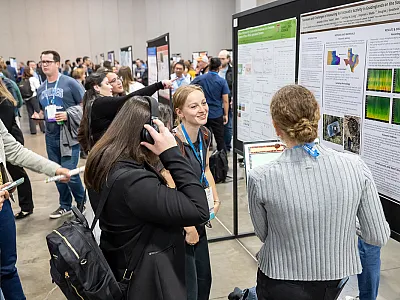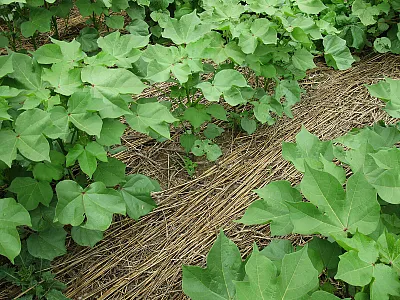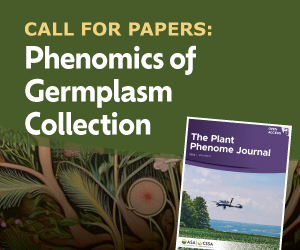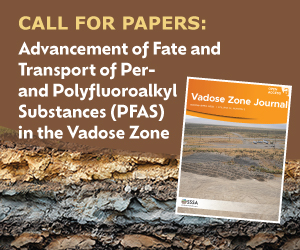A Day in the Life: Debasish Saha
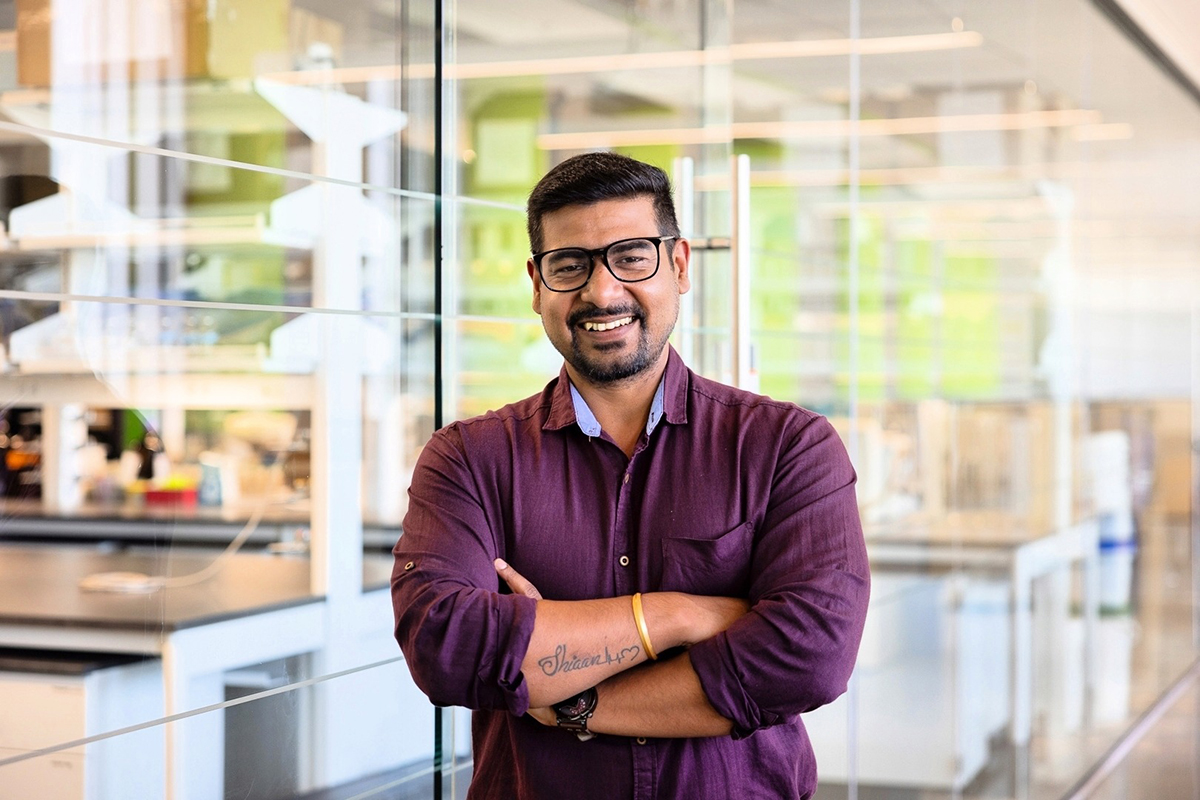
What can you do with a career in agronomy, crop, soil, and environmental science? In our series, “A Day in the Life,” we’ll introduce you to some ASA, CSSA, and SSSA members doing cool things with our sciences. Today we meet Debasish Saha, an Assistant Professor of Soil Science at the University of Tennessee–Knoxville. Saha’s lab studies sustainable management of soil nitrogen cycling in agricultural systems to enhance its efficient use and mitigate its environmental losses as pollutant such as greenhouse gas emissions. Says Saha: “When I was undergraduate student ... I did not have any idea what I was going to do in my life, but I was sure about two things: soils are beautiful, and they are so variable.”
What can you do with a career in agronomy, crop, soil, and environmental science? In our series, “A Day in the Life,” we’ll introduce you to some ASA, CSSA, and SSSA members doing cool things with our sciences. Today we meet Debasish Saha, an Assistant Professor of Soil Science at the University of Tennessee (UT)–Knoxville. Saha’s lab studies sustainable management of soil nitrogen cycling in agricultural systems to enhance its efficient use and mitigate its environmental losses as pollutant such as greenhouse gas emissions. His career started with an interest in soil, Saha says. “When I was undergraduate student, just like many undergraduate students, I did not have any idea what I was going to do in my life, but I was sure about two things: soils are beautiful, and they are so variable.”
This interview has been edited for length and clarity.
CSA News: How do you explain your research to people not familiar with what you do?
Debasish Saha: I would start with nitrogen fertilizer, which is a critical input to agricultural food production that brought us food security. The challenge with nitrogen fertilizer is only 40 to 50% of the fertilizer that we apply in the field are used by the crops. Some can be retained by the soil, which is good, but a major fraction can be lost in the environment through various ways, and one such way is gaseous losses of nitrogen, in particular, nitrous oxide emissions. Nitrous oxide is a potent greenhouse gas that is a long-lived molecule in the atmosphere and rapidly accumulating to contribute to climate externalities. The easy option would be to reduce nitrogen fertilizer use, but we have to be very careful to walk the fine line between managing nitrogen fertilizer to reduce environmental losses and maintaining global food security. We have to feed the growing population.
Agricultural nitrous oxide emissions, which account for approximately 80% of total anthropogenic emissions, are mostly biologically derived. And it's responsive to how we manage the soils: how we manage the fertilizer, tillage, and cover cropping. There is a strong potential for mitigating emissions when we understand and accurately predict such dynamics, such as how these different management practices interact with different weather conditions to influence greenhouse gas emissions. It is very complex. And that's what we do in our research: we use various tools and methods to quantify the magnitude of emissions, which indirectly tells us how much potential we have for mitigation.
CSA News: What was your path to your current role?
Saha: When I was an undergraduate student, just like many undergraduate students, I did not have any idea what I was going to do in my life, but I was sure about two things: soils are beautiful, and they are so variable. I was studying in India, and I got a scholarship from the Indian government. I started my master's still not sure whether I would go do a Ph.D. I would actually give credit to my adviser there, who highly motivated me to do research. And I started understanding why research is important. I wanted to do some novel, cutting-edge work, and I got an opportunity to go to Penn State as a graduate student. Then I did a postdoc there and got an opportunity to do another postdoc at Michigan State University where I was working at the Kellogg Biological Research station on a long-term experiment. After that, I felt ready to pursue my own research ideas, so I started applying for a faculty position. When I visited UT, I really liked the department, I liked the people and Knoxville. And here I am.
CSA News: What’s your current working environment like?
Saha: When we transition from a graduate student or a postdoc to a principal investigator (PI), the working environment changes drastically and very quickly without giving you much transition time. As a postdoc and graduate student, you focus on one or two projects, and you spend a lot of time in the field or in the lab doing research. It changes when you become a PI because you manage several things: you manage multiple projects, you manage people and collaboration, budget, et cetera. There is a lot of learning on the fly. And you know, honestly, I don't get to spend as much time in the lab or in the field as I’d like. But I do spend time with my students when we are starting some new projects or new ideas. And I spend a lot of time editing the students’ manuscripts as well as writing.
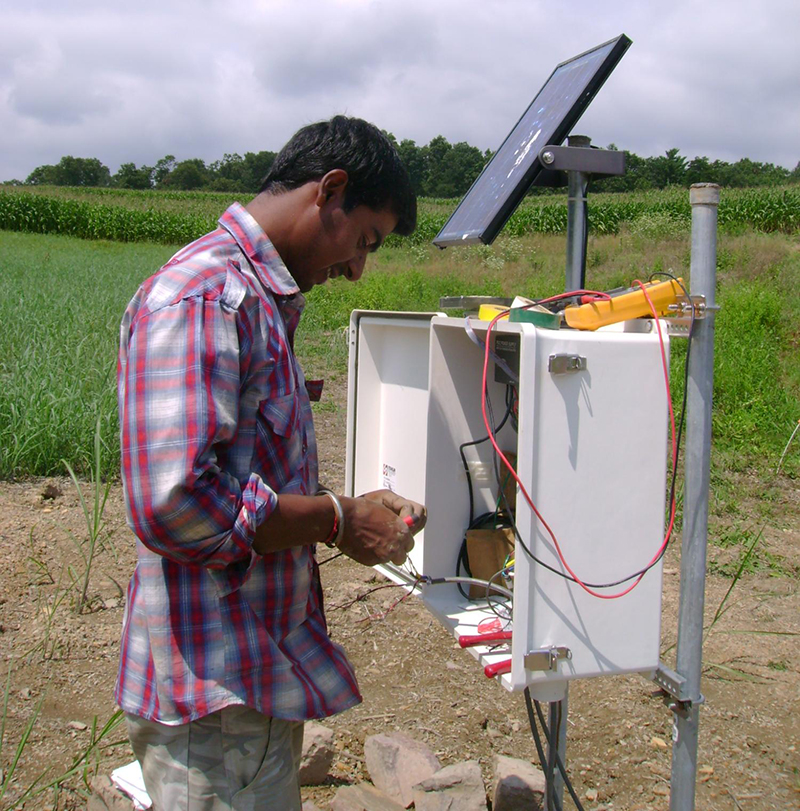
In a regular day, I go to office. I reply to a couple of emails, and then I go to visit my lab and see what's going on there. I meet with my students every week, and then we have also a weekly lab meeting. I have an open-door policy, except for when I really need to focus on thinking or writing. I do not have teaching appointments, so I do not do regular in-class teaching, but I do guest lectures a couple of times in a semester.
CSA News: What’s the most challenging part of your job? And what’s the most rewarding part?
Saha: The time management is one of the challenging things as a PI because when you become a PI, your focus is diverted before you realize into so many players, so many things. And beyond academia, [a challenge] is making some time for yourself, for your family. And lastly, I would say, mentoring, that is a challenging part, but it's the most rewarding part. Every PI, they have different mentoring styles, and students are different. There is no one-size-fits-all strategy. It requires a lot of self-evaluation, thinking, and rethinking. But it is rewarding when the students get really excited after their paper gets published, or they get funding, and they thank you.
CSA News: What typically surprises people about what you do?
Saha: When I say I'm a soil scientist in my friend circle who are outside the discipline, or even outside academia, they think I do research with dirt. And to them I say that soil is not dirt—that's something that I am teaching to my six-year old son, too. Soil is a living system. There are millions and billions of living organisms that are inhabiting it and working to provide various ecosystem services, and one is to support crop growth and produce food. Soils, they interact. And with changes or disturbance or environmental conditions, they respond. They are not inert.
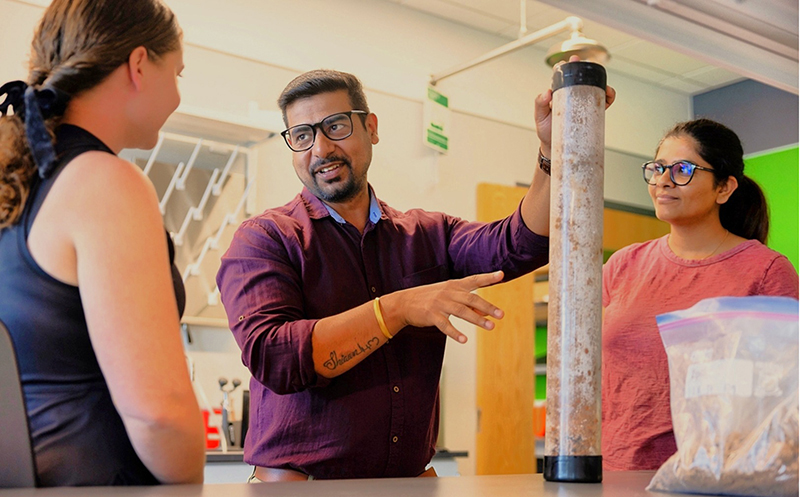
CSA News: How do you like to spend your time outside of work?
Saha: Once I come home from my office, I don't work. I dedicate my time to my family. I like to cook, and they are big appreciators of my cooking. I do like gardening; I have lot of indoor plants and outdoor plants during the summer. Sometimes I am afraid that I may turn my home into an Amazon jungle—I just keep and keep buying plants. I like to play with my son and with my daughter. I love my family time.
CSA News: What advice would you give to an aspiring soil scientist?
Saha: I think this is a very exciting time to be a soil scientist or soil enthusiast. The reason is the technological revolution that we are seeing in soil science and agronomy. For example, I worked with a lot of greenhouse gas emission studies in my Ph.D. and postdoc, and I was using a traditional way of chamber-based method of discrete monitoring of soil greenhouse gas fluxes. And now, many lab groups and many places do high-frequency measurements. The same is for proximal and distal sensing for soil, for example, remote sensing. You can get high-frequency data on monitoring how crops are doing in the field and how the land use is changing from one year to another without even going into the field. All these tools and technologies are generating data at a much faster rate than what we can process, and that's where AI comes in. My suggestion to students would be to try to learn these new skills that you can leverage in your career. I wish I could go back to graduate school and take these courses and learn these techniques!
Text © . The authors. CC BY-NC-ND 4.0. Except where otherwise noted, images are subject to copyright. Any reuse without express permission from the copyright owner is prohibited.





